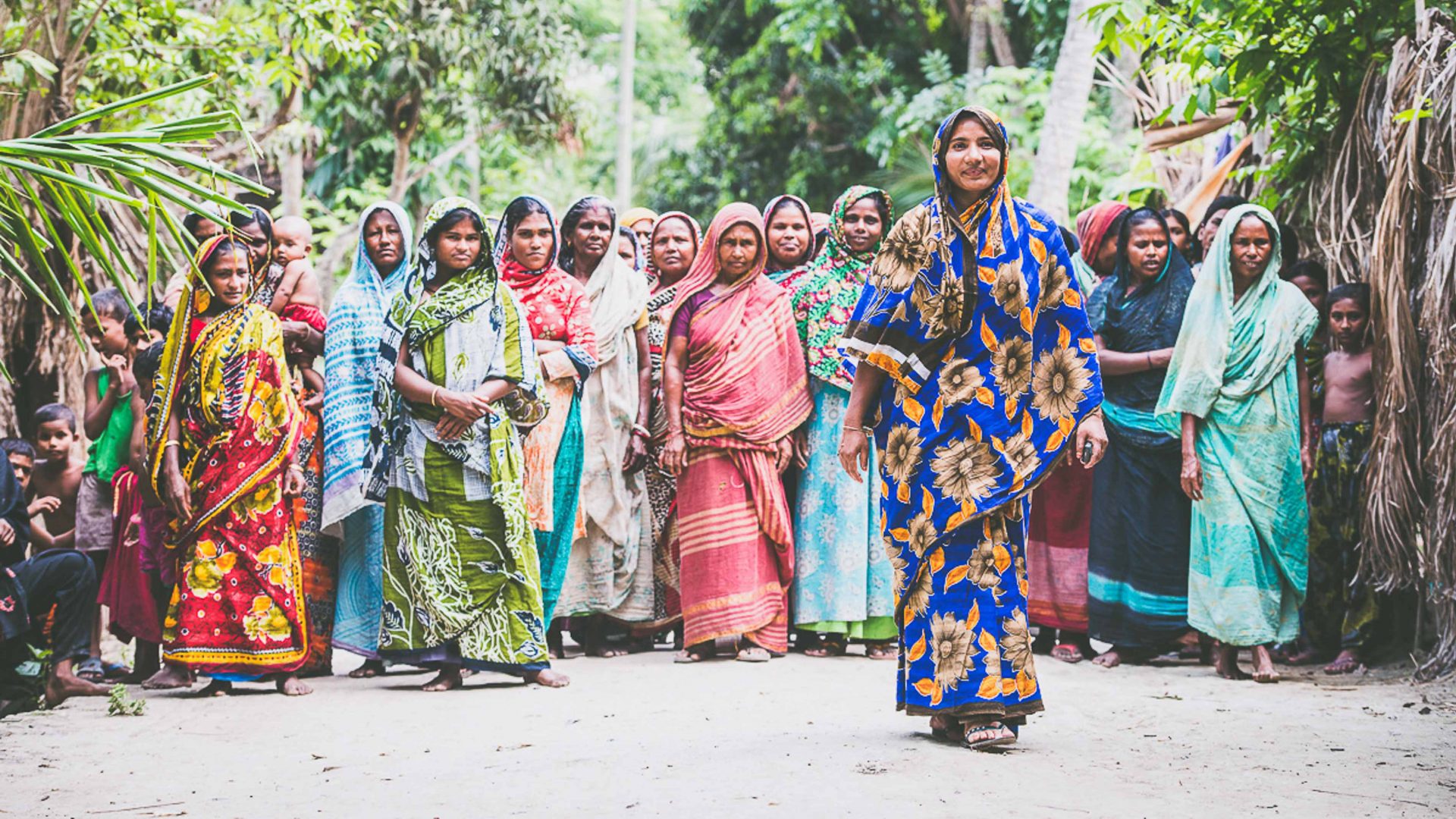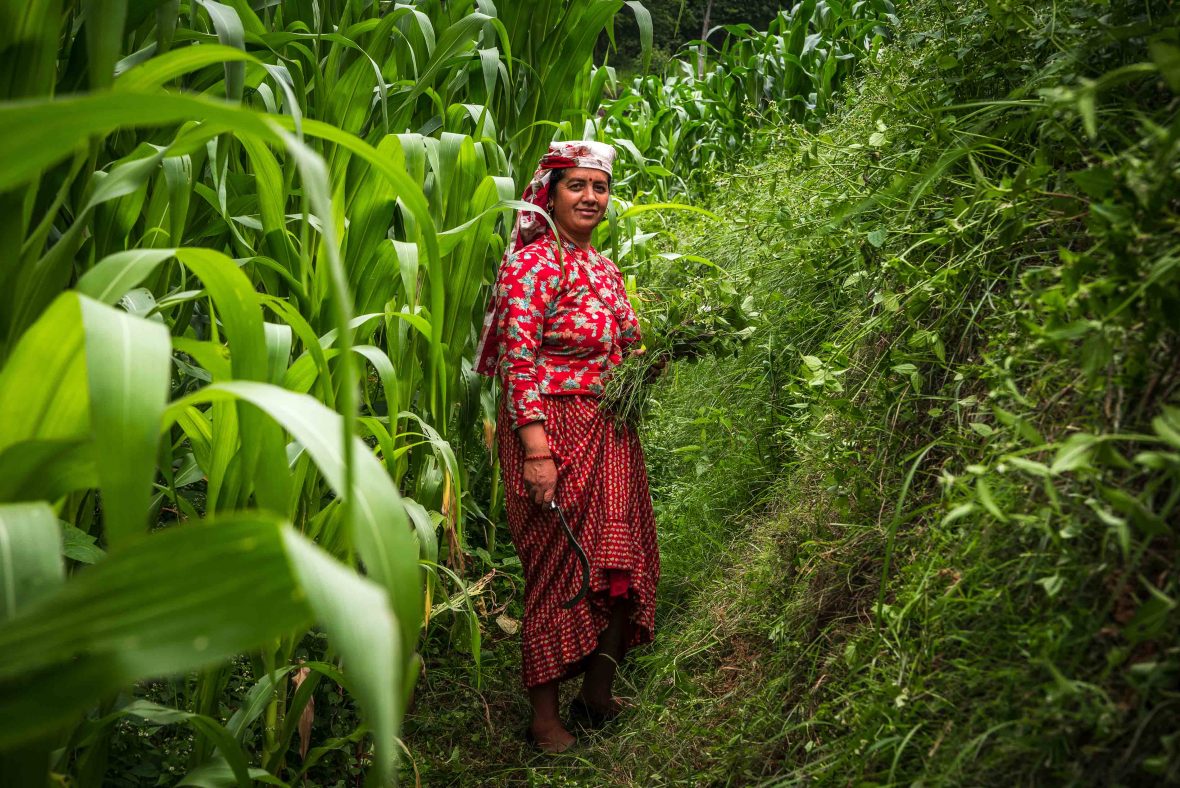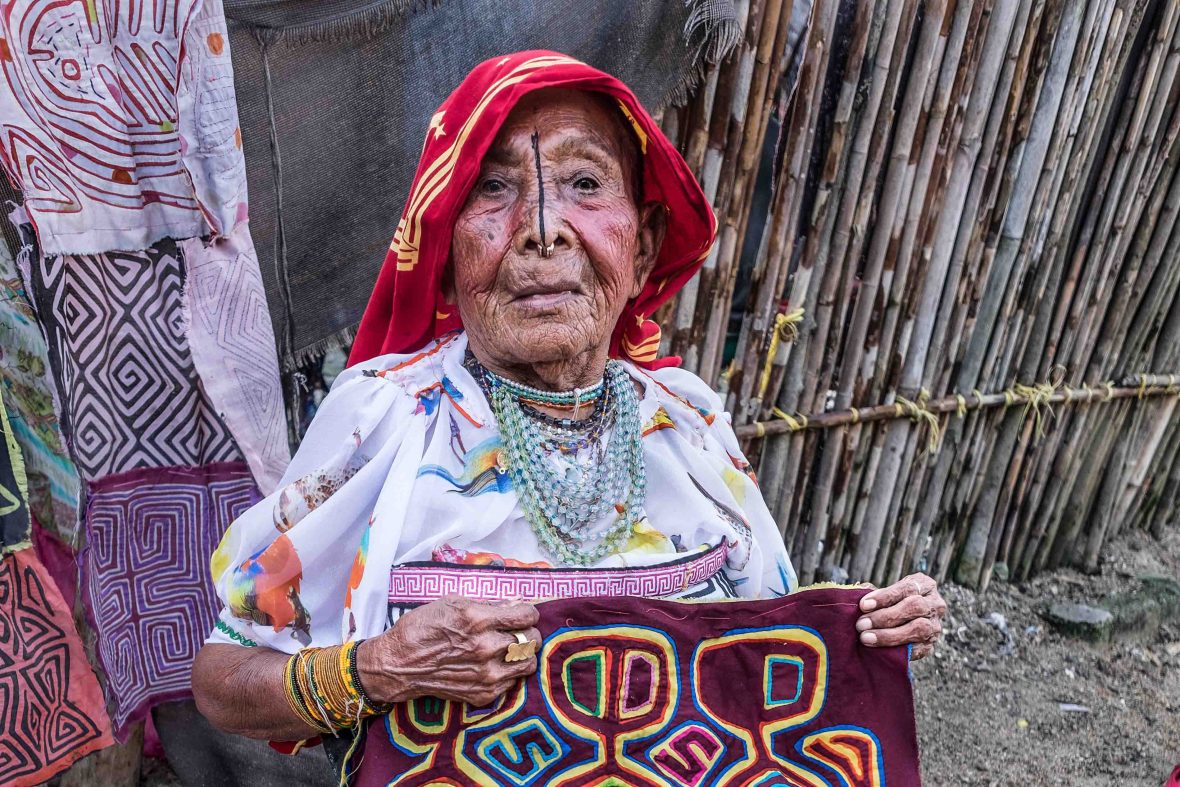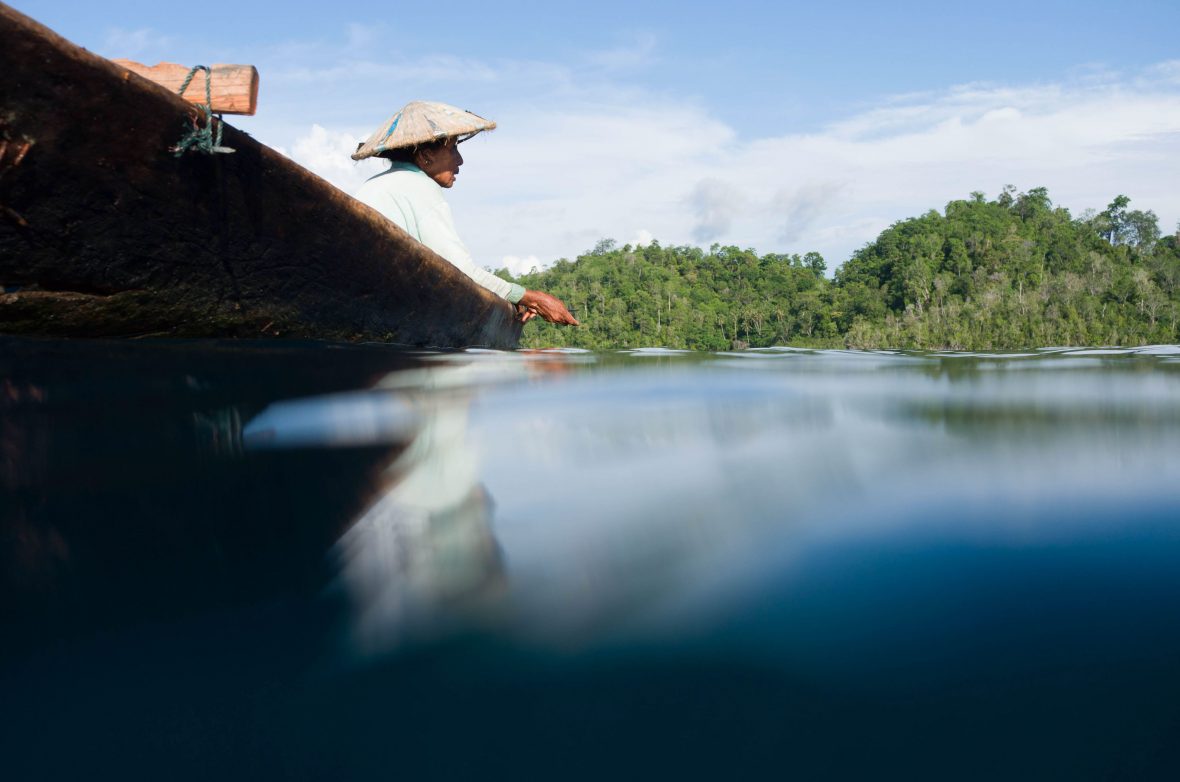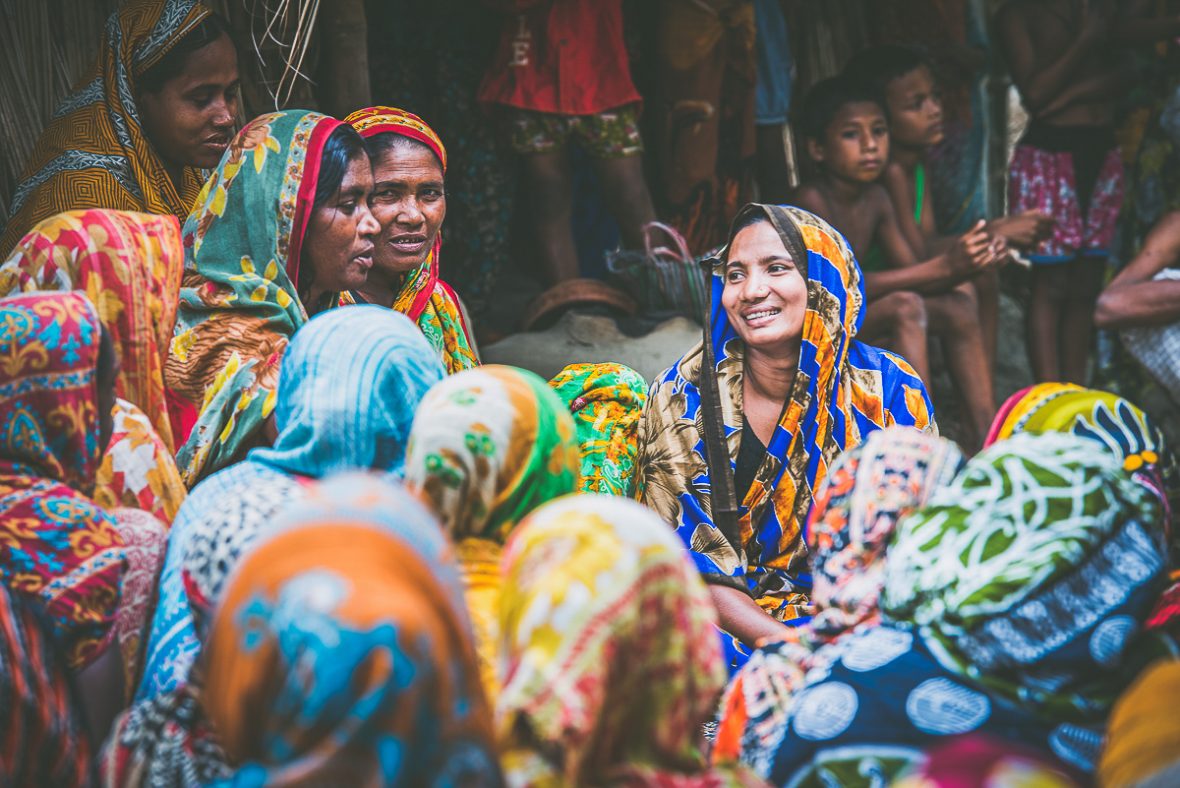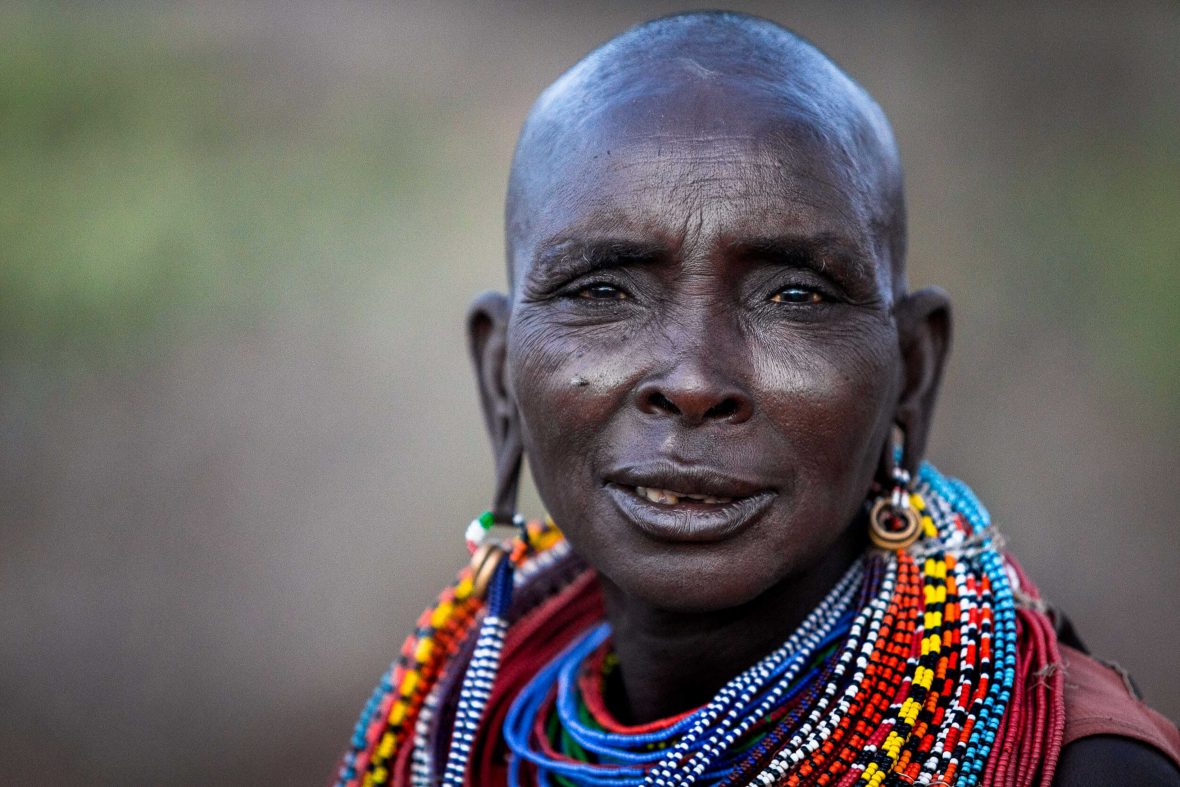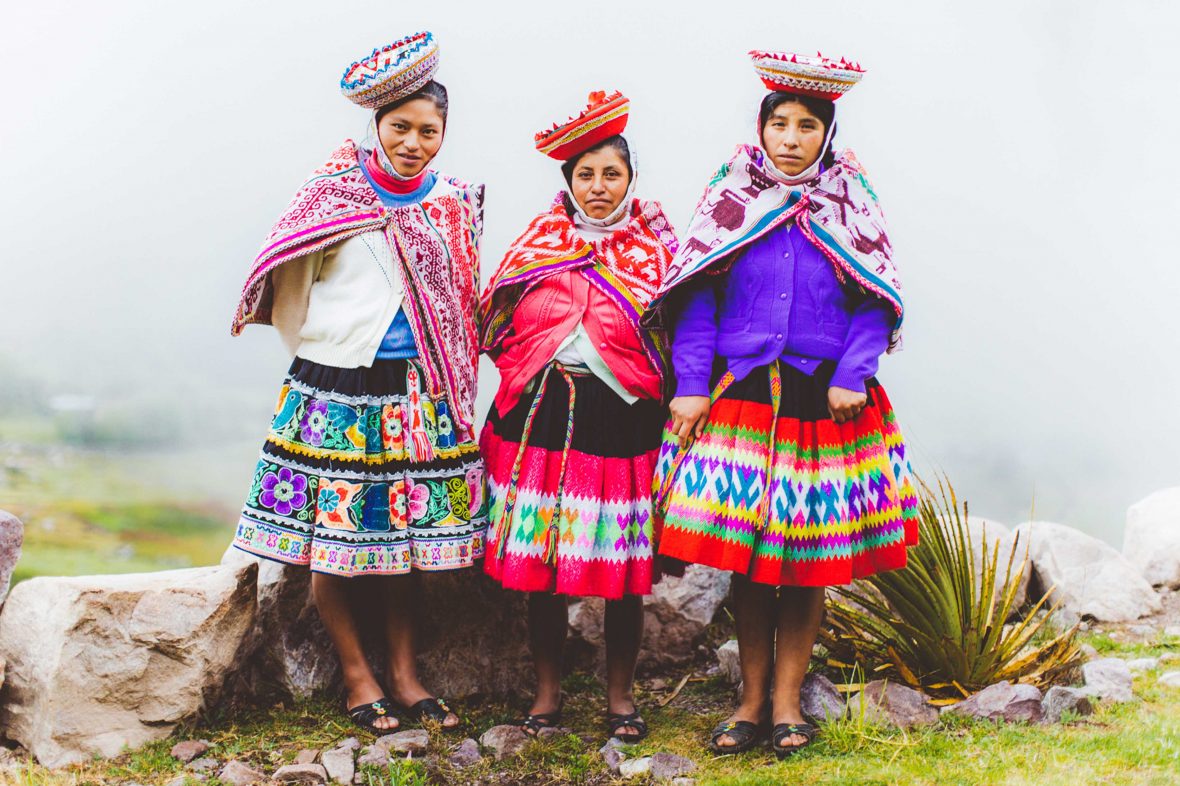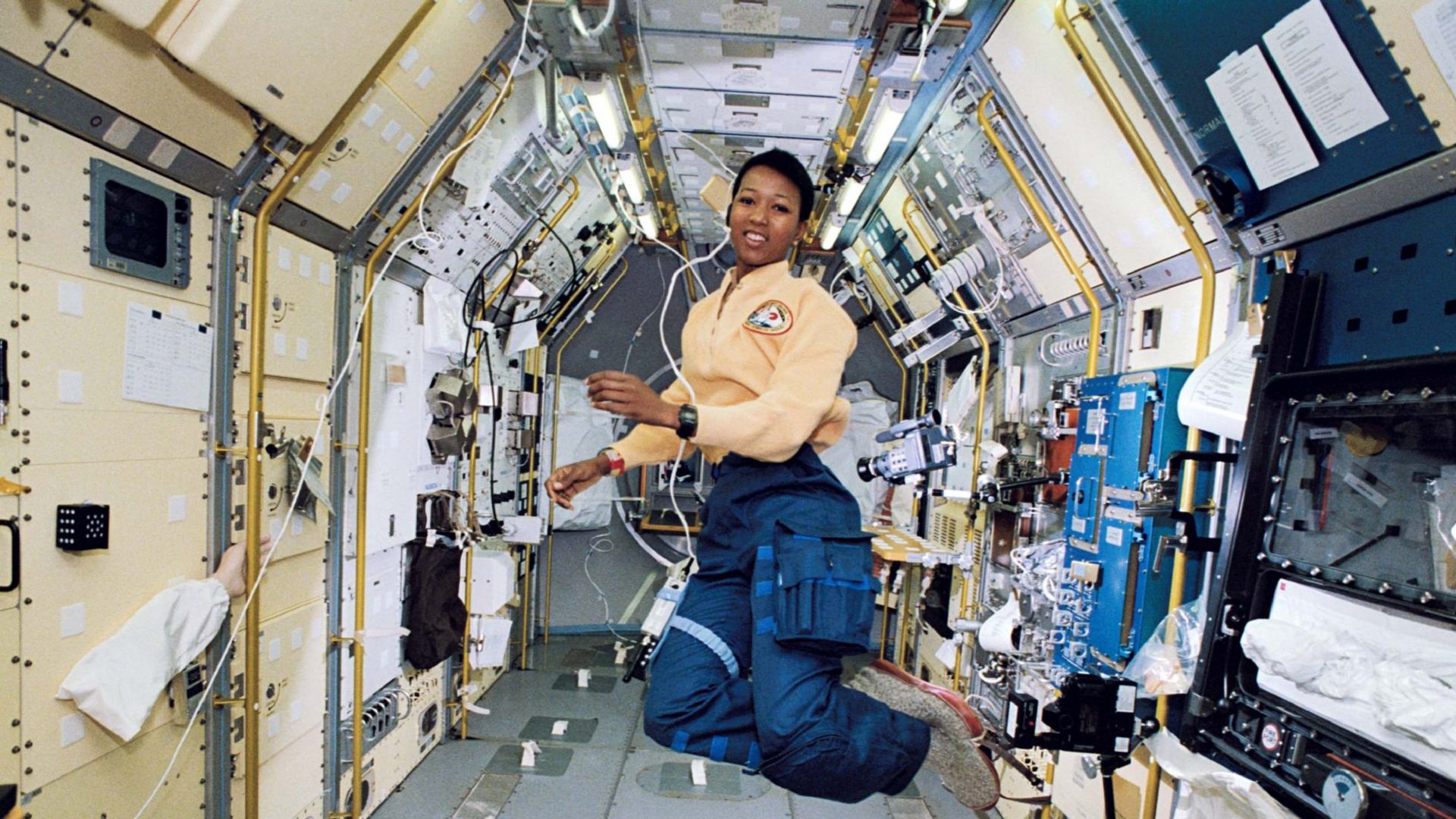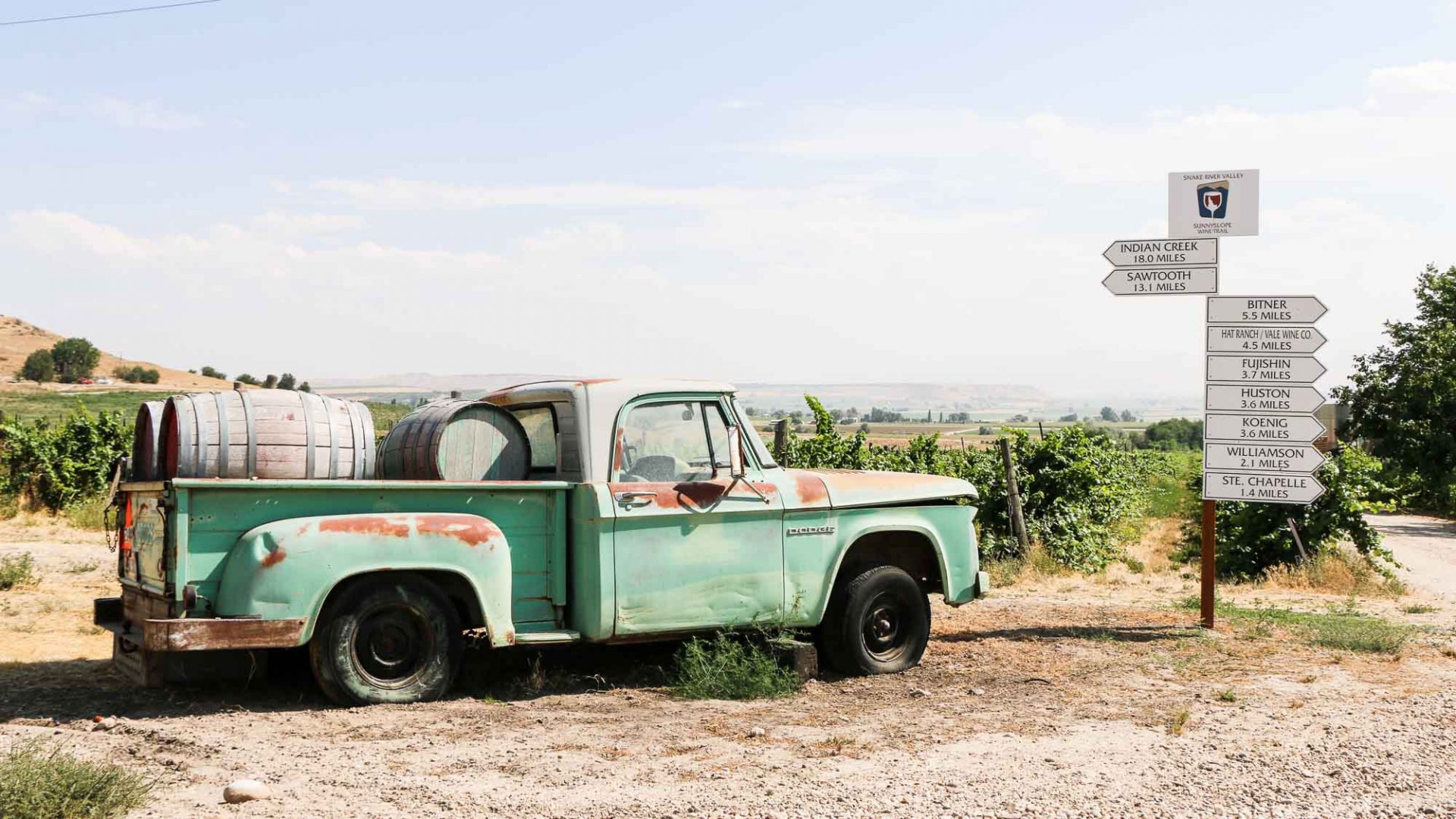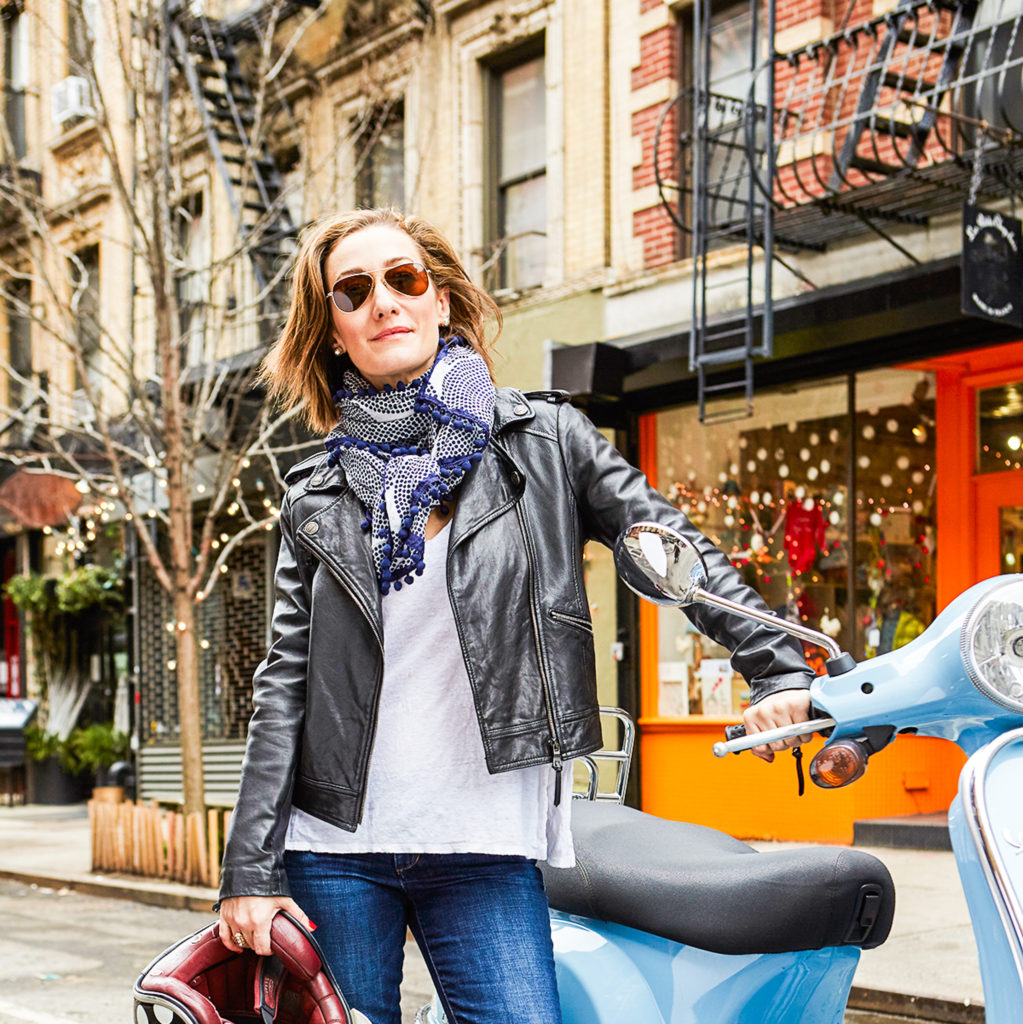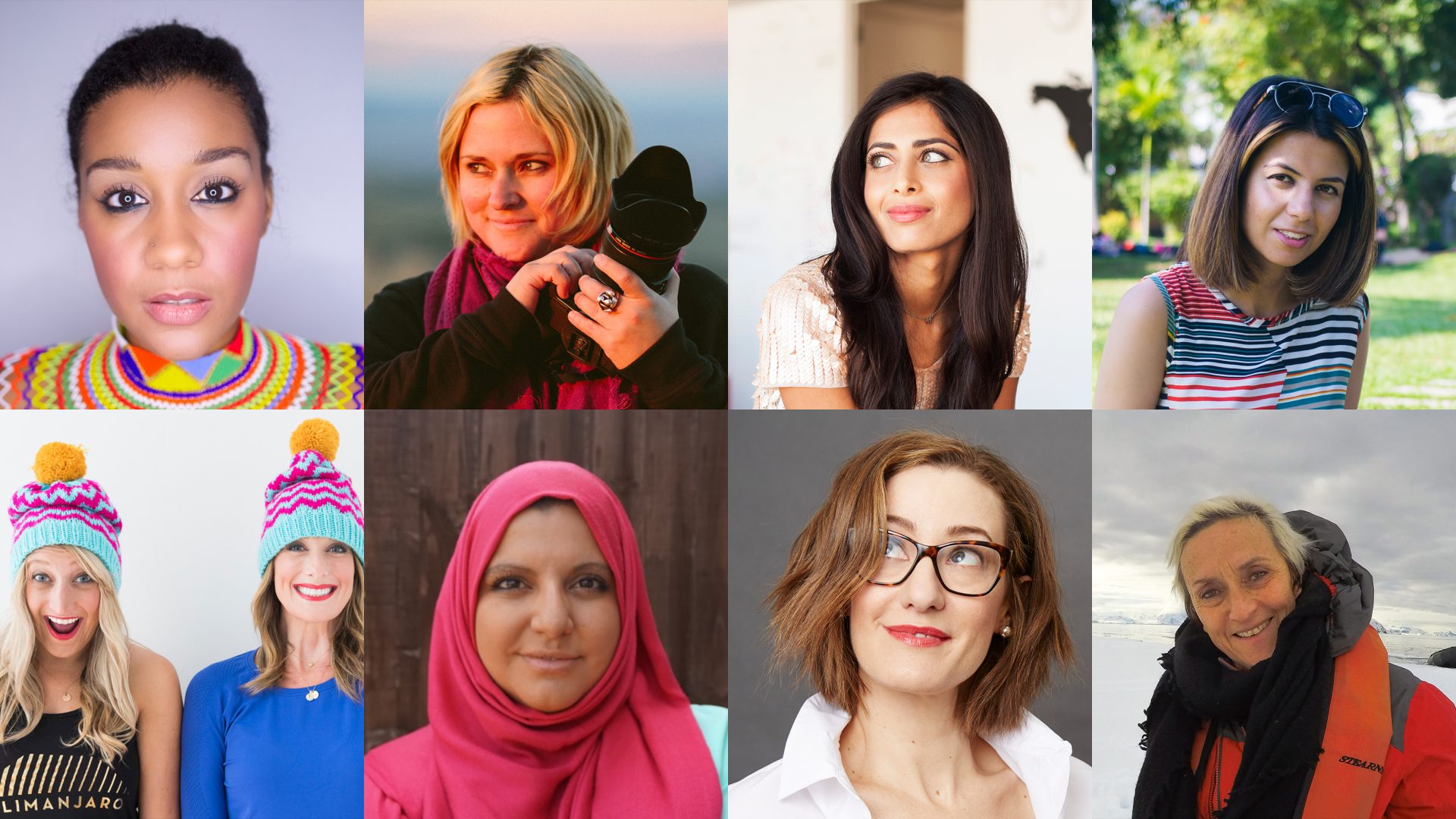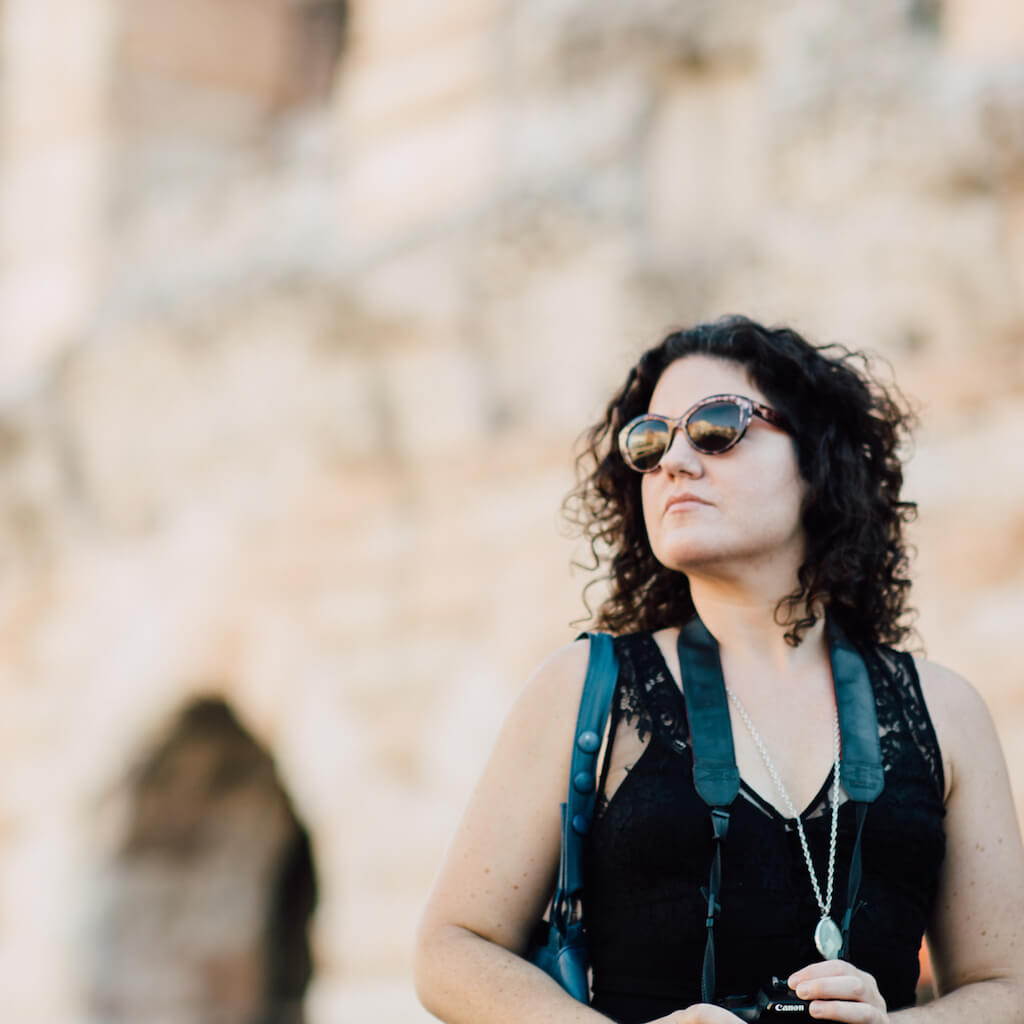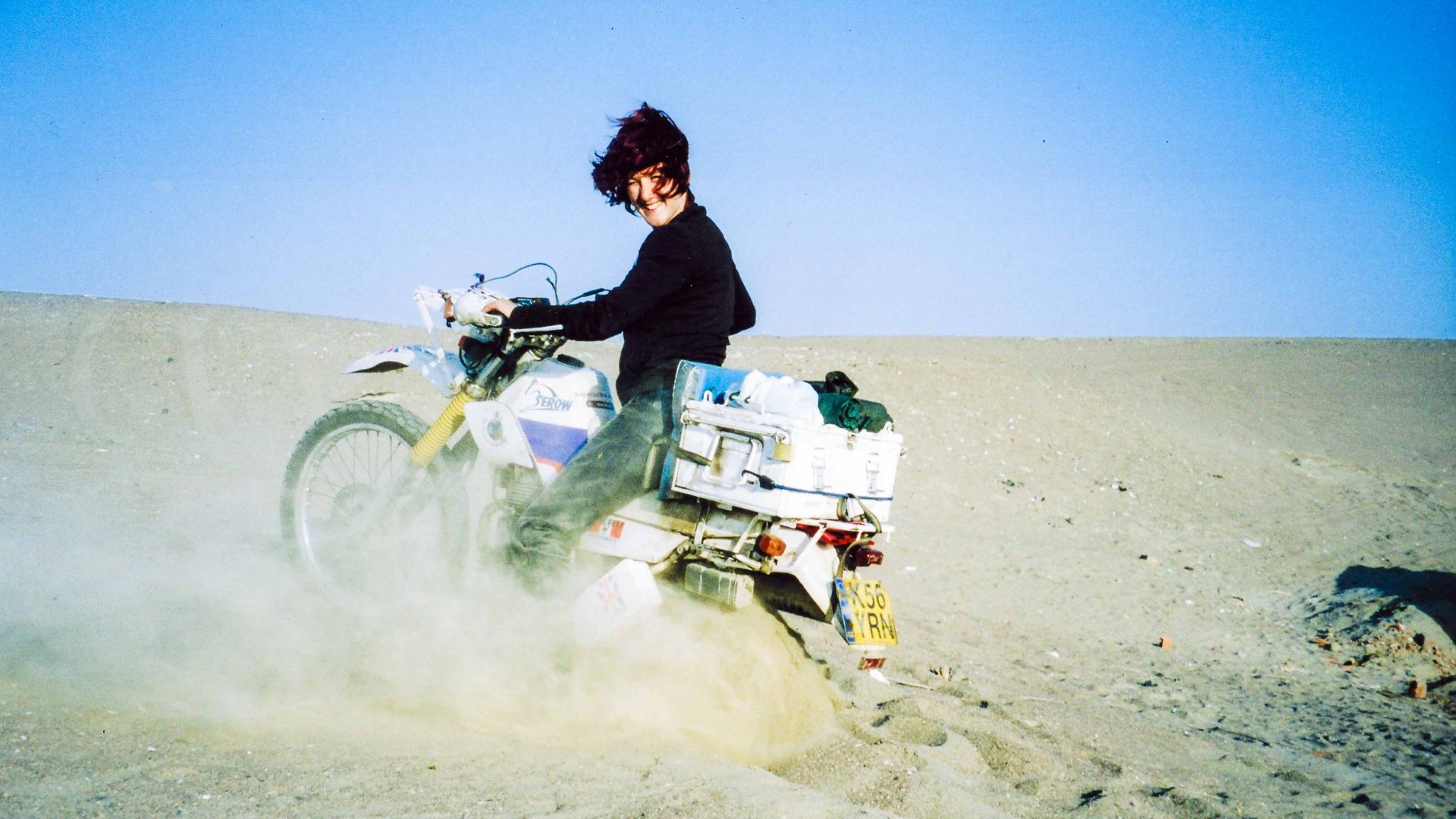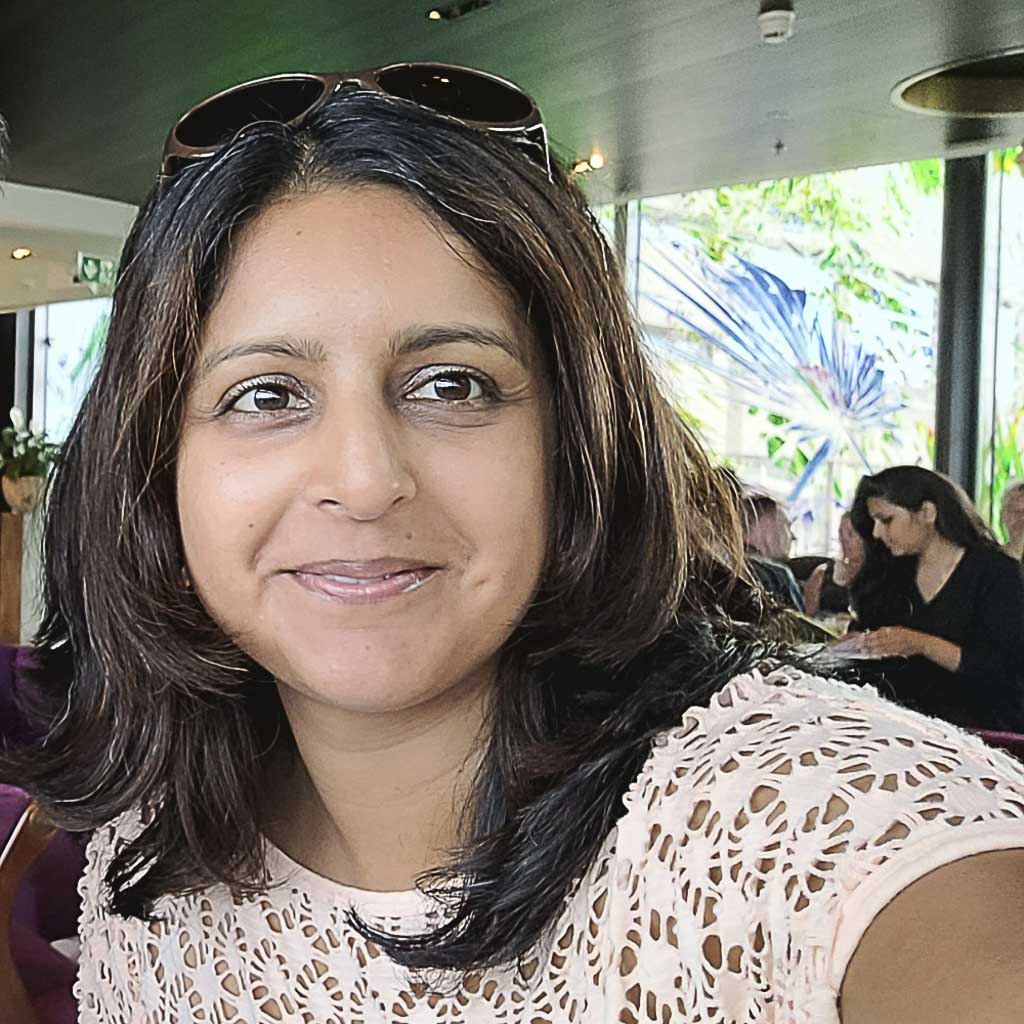Nori Jemil is an award-winning travel photographer and writer who has spent extensive time in Chile and Western Australia. Specializing in landscapes and portraits, she also runs film and travel photography courses in the UK and abroad.
Adventure.com: How did you become a travel photographer?
Nori: I remember having a camera since the age of about 12, but it was after moving to Santiago, Chile in 2004 that I became set on this as a profession. I became a fully-fledged traveler first, backpacking my way through Panama and Argentina, and Easter Island to the Amazon; something about the landscapes and people of Latin America pushed my photography on. After I won a few awards in 2008, I decided this was something I wanted to pursue professionally.
What photography assignments really pique your interest?
From my time living in Chile, and my regular trips to Australia’s remote west coast, I’d say that wild, extreme landscapes are what inspire me. I’m just back from the Arctic too—polar locations also have a special pull. But travel is about experiencing something other than your familiar world, so talking to people and finding out about their culture is equally important.
PHOTOS: Welcome to the new Amsterdam
Any advantages to being a female travel photographer?
There can be, especially in communities where older people, women or children might see an unknown man as a possible threat. This might seem unfair to male photographers, but I find I can sometimes be less conspicuous or more approachable. For all photographers, being discreet with equipment, and courteous and sensitive is essential. I have male photographer friends who are as gentle and kind as any woman, so gender differences might be oversimplifying things a bit!
Any tips for women considering travel photography as a career?
Travel to places that bring you joy—if that means photographing your own city first, great. An original take on the world makes your photos stand out, so no matter how many times we see the world on Instagram, it can always be reframed in creative, thought-provoking ways. An Instagram account can start to get those unique images seen. Earning money from this can be tough, as it’s a competitive world, but enter competitions, get noticed and just keep on keeping on until you get there!
www.norijemil.com
